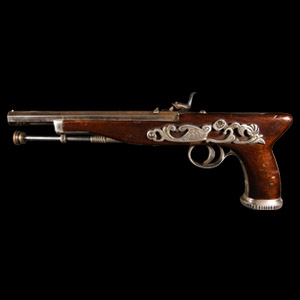Home > Auctions > 23 - 27 May 2023
Ancient Art, Antiquities, Natural History & Coins
Auction Highlights:
Acquired on the German art market around 2000.
From the collection of Surrey, UK, gentleman.
Cf. Beutler, F. et al., Der Adler Roms. Carnuntum und die Armee der Cäsaren, Bad-Deutsch-Altenburg, 2017, item 204, for type.
Caltrops were scattered on battlefields in an effort to stop or slow advancing enemy cavalry or foot soldiers; regardless of how a caltrop lands, one spike is always facing upwards. Caesar used widely them at Alesia (Caes., BG 7.73; 82): 'Stakes a foot long, with iron hooks attached to them, were entirely sunk in the ground before these, and were planted in every place at small intervals; these they called spurs'.
Acquired before 1972.
The Kusmirek Collection, UK.
Cf. Michalak, A., Arma confinii, przemiany późnośredniowiecznej broni na rubieżach Śląska, Wielkopolski, Branderburgii i Łużyc (Arma confinii, transformations of late medieval weapons on the borders of Silesia, Wielkopolska, Brandenburg and Lusatia, in Polish), Zielona Gora, 2019, pls.92-128, for similar projectiles.
The projectiles belong to the type 1 of the A. Michalak classification. In Western Europe, especially from the 13th century onwards, arrows were made in various forms including: simple cone-shaped heads, rhomboid heads, hooked heads, heads with various curved barbs, willow-shaped heads, triangular and flat-bladed heads, crescent-shaped heads and sometimes as petal-shaped and battering heads.
Found in the Thames foreshore at Queenshithe.
Acquired from Rusty Old Arms, 2014.
The Kusmirek Collection, UK.
Accompanied by an ROA invoice and listing.
Acquired in the early 1990s.
Ex Guernsey collection.
The Kusmirek Collection, UK.
Cf. Khorasani, M. M., Arms and Armor from Iran: The Bronze Age to the End of the Qajar Period, Tübingen, 2006, pp.393-4, for type.
Ex London, UK, collection, 1990s.
Accompanied by an academic paper by military specialist Dr Raffaele D'Amato, dated 15 July 2019 and titled 'Eastern Roman Empire - Greek Fire Bomb or Hand Grenade (μεσαίον kακάβιον) 9th-11th century AD'.
Cf. Arendt, W. I., Granaten des 13-14. Jahrhunderts, die an der Wolga gefunden sind, Zeitschrift fur Historische Waffen-und Kostumkunde, 11 (1926-8), p.42; cf. Arendt, W., Die Spharisch-konischen Gefasse aus Gebranntem Ton, ibid; cf. Ayalon, D., Gunpowder and Firearms in the Mamluk Kingdom, London, 1956, p.16.
Apart from the use of siphons or manual flame-throwers called cheirosiphona, special corps of Roman soldiers employed terracotta grenades, in the form of small jars, abundantly evidenced in archaeological excavations. Such were the γανωτα, vessels (sometimes also of bronze) used for Greek fire. They were called μεσαία kακαβιά or κυτροκακάβια where the former had a bulbous shape and the latter a more cylindrical form.
Ex London, UK, collection, 1990s.
Accompanied by an academic paper by military specialist Dr Raffaele D'Amato, dated 15 July 2019 and titled 'Eastern Roman Empire - Greek Fire Bomb or Hand Grenade (μεσαίον kακάβιον) 9th-11th century AD'.
Cf. Arendt, W. I., Granaten des 13-14. Jahrhunderts, die an der Wolga gefunden sind, Zeitschrift fur Historische Waffen-und Kostumkunde, 11 (1926-8), p.42; cf. Arendt, W., Die Spharisch-konischen Gefasse aus Gebranntem Ton, ibid; cf. Ayalon, D., Gunpowder and Firearms in the Mamluk Kingdom, London, 1956, p.16.
Apart from the use of siphons or manual flame-throwers called cheirosiphona, special corps of Roman soldiers employed terracotta grenades, in the form of small jars, abundantly evidenced in archaeological excavations. Such were the γανωτα, vessels (sometimes also of bronze) used for Greek fire. They were called μεσαία kακαβιά or κυτροκακάβια where the former had a bulbous shape and the latter a more cylindrical form.
Acquired 1990s-early 2000s.
East Anglian private collection.
Cf. Schwarzer, J.K., 'Arms from an eleventh Century Shipwreck', in Graeco-Arabica IV, (1991), pp. 327-350, fig.6 and p.330.
This kind of 'Tzikourion' is found in all the Eastern Roman territories from 11th to 14th century A.D., and in many South East European territories. The overall design and the massive T-shaped hafting socket are very similar to those of an 11th century war axe from Cozanesti, Moldova, and from various14th century A.D. specimens from Bulgaria.
Acquired on the UK art market before 1980.
Private British collection 1980.
Private collection of a Devonshire, UK, collector.
Property of a Luton, UK gentleman, by inheritance.
The Clarkes were a Midlands, UK gunsmithing family. Sold as an exempt item under Section 58 (2) of the Firearms Act, 1968, to be held as a curiosity or ornament. No license required but buyer must be over 18 years of age. Overseas bidders should note that, due to UK regulations governing export of all firearms, overseas buyers will need to make arrangements for shipping this lot out of the UK directly, by air freight, with a specialist company or agent.
Acquired 1990s-early 2000s.
East Anglian private collection.
Acquired 1980-2015.
Ex Abelita family collection.
Private collection, UK, formed in the 1980s.
The Kusmirek Collection, UK.
Cf.Gilliot, C., Weapons and Armours, Bayeux, 2008, pp.160-161, for similar maceheads.
The polygonal mace evolved into the hexagonal winged mace. Originating in the East, this weapon spread across Eastern Europe during the 13th century A.D., and from there to the West. The winged mace, used by the western Europeans, was almost certainly based upon Eastern Roman or Islamic prototypes. It is relevant to note that the polygonal mace was widely used by the eastern cavalrymen (like Turkish and Mongols), during the 14th century A.D.
841 - 852 of 2508 LOTS

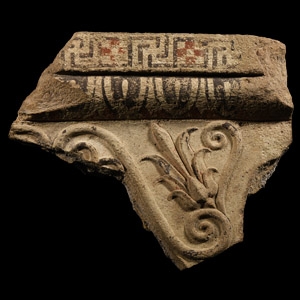
.jpg)


.jpg)
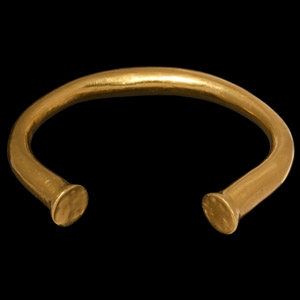
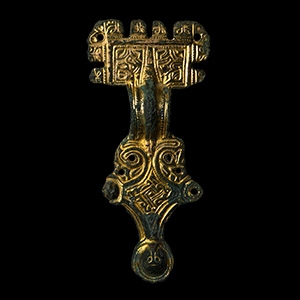

.jpg)
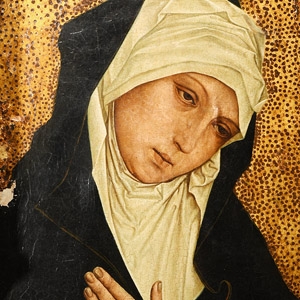

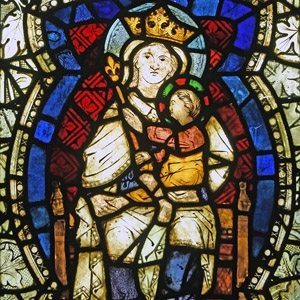
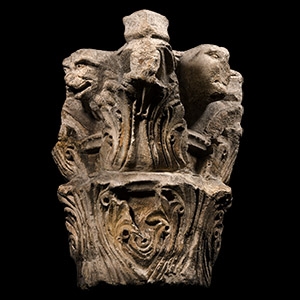
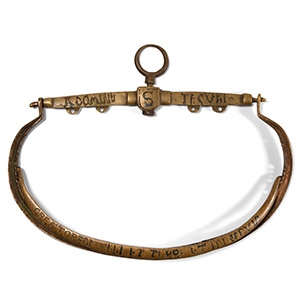
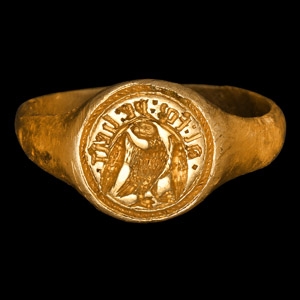
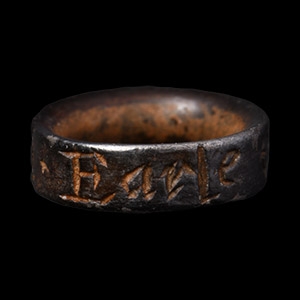
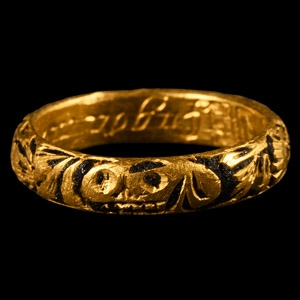
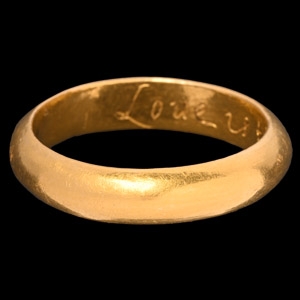
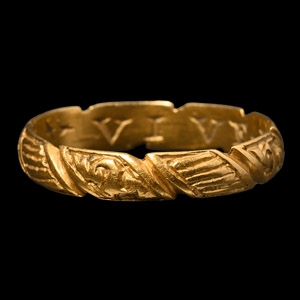
![English Milled Coins - George VI - 1937 - Cased RM Proof Coronation Gold Set [4] English Milled Coins - George VI - 1937 - Cased RM Proof Coronation Gold Set [4]](https://timelineauctions.com/upload/images/items/small/203351-s(2).jpg)

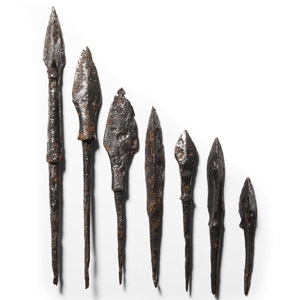
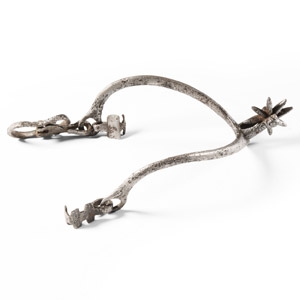
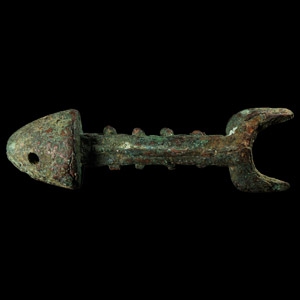

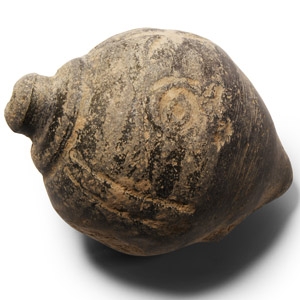
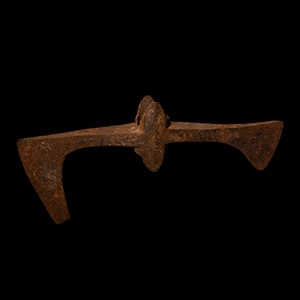
.jpg)
